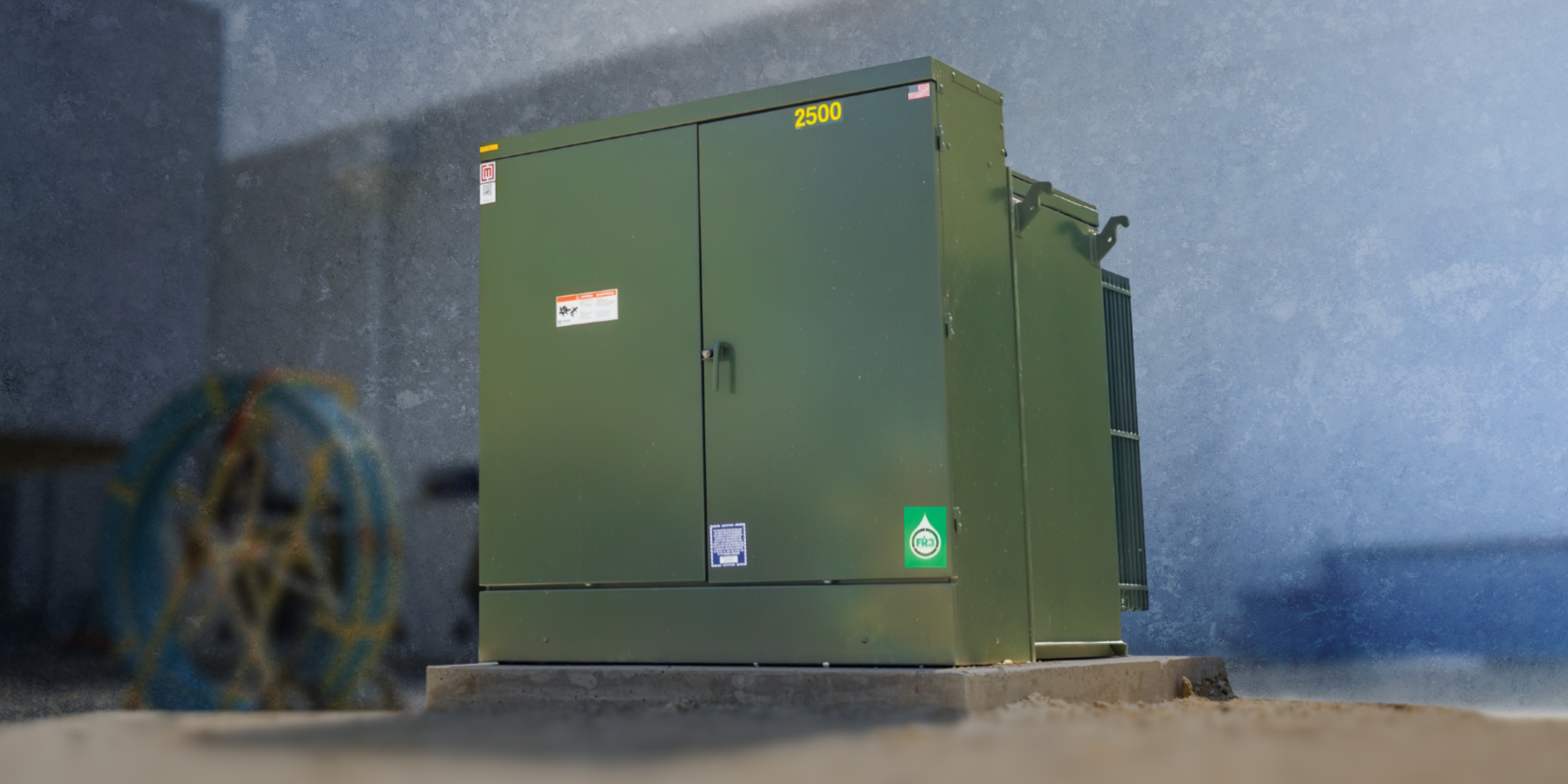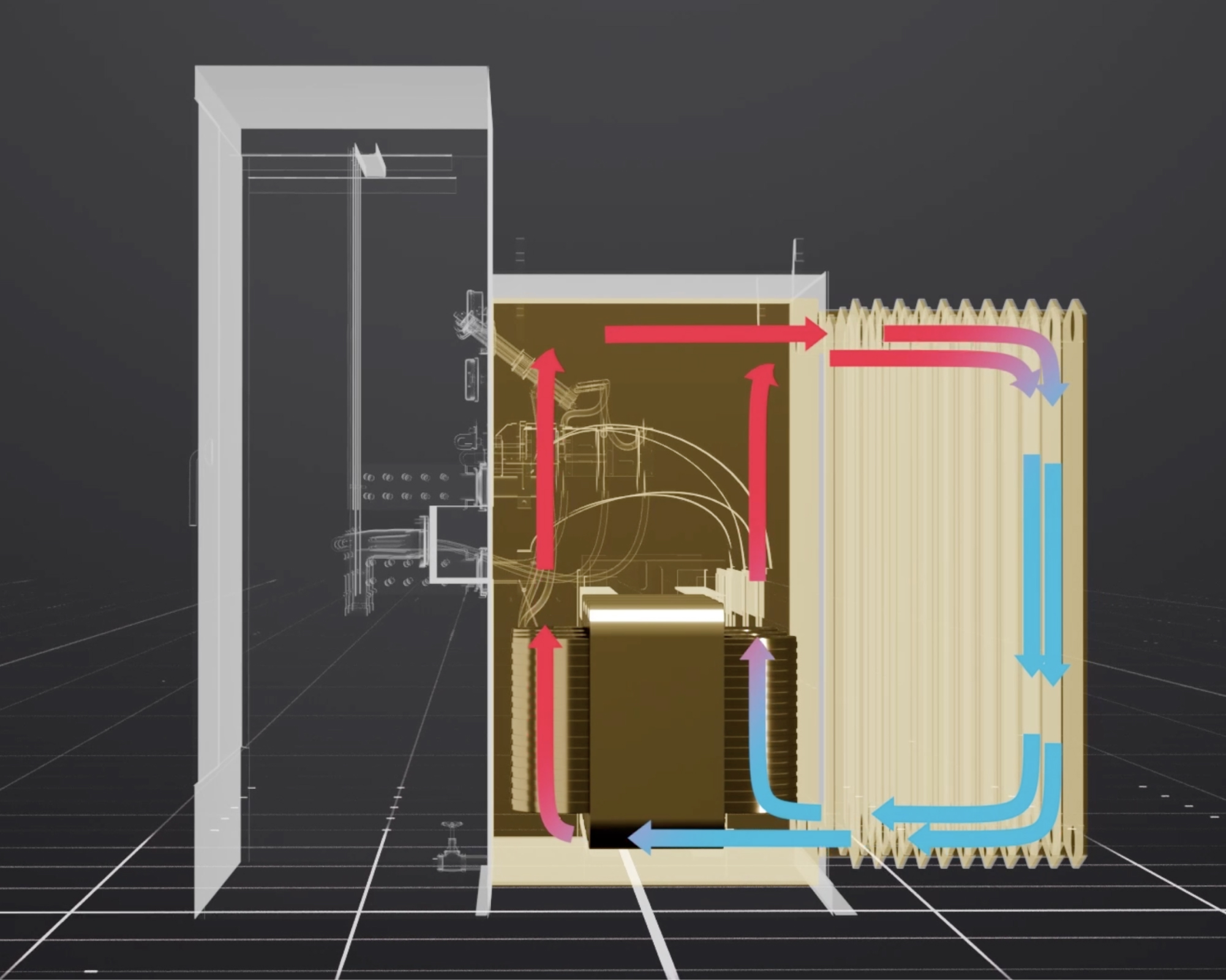Transformer Startup in Colder Temperatures
Are transformer startup procedures the same in colder climates? Do I need to warm up my transformer? Learn how to startup your transformer in colder climates.
December 12, 2025
How To's
Are the startup conditions the same for transformers in colder climates? Do I need to warm up my transformer?
Yes, colder climates require more care at startup.
In normal temperatures, transformers below 69kV do not need any warm-up time at no load. They can run at full load upon startup.
In colder climates, the rules change a bit. We will take a brief look at what changes and the best way to handle those changes. To start, let’s define colder-than-normal temperatures.
How Cold Is Too Cold?
Temperatures below -20 °C (-4 °F) are unusually cold. The IEEE standards consider such temperatures unusual service conditions for energizing transformers. The main concern in this colder climate is the transformer’s oil.
Most fluids do not perform the same in very cold climates. They lose the strength of certain characteristics. Transformer startup processes must account for these issues.
What to Check Before Startup: Water Saturation, Dielectric Strength, and Viscosity
Water Saturation & Dielectric Strength
Colder temperatures reduce the saturation point of transformer oils. Saturation point is the point where a fluid can no longer contain any more moisture. At this point, there is free floating water in the fluid. This in turn reduces the dielectric strength of the oil. Lower dielectric strength means current can pass through the fluid more easily, posing a risk of internal arcing. Take an oil sample to measure the moisture content of the fluid. Each fluid will have a specific limit for moisture content. Be sure you know which type of fluid your transformer has and what its limits are. Review the sample data and verify the moisture levels are acceptable for the fluid type.
FR3®️ Fluid vs. Mineral Oil in Cold Temperatures
The basic cold startup procedure is the same for mineral oil and natural esters like FR3 fluid. However, they do perform differently at low temperatures. One significant difference between FR3 fluid and mineral oil is their relative dielectric strength at low temperatures. At temperatures below -20°C, mineral oil can lose dielectric strength because of its lower water saturation point. FR3 fluid’s saturation point is much higher. It can absorb more water than mineral oil. As a result, at low temperatures, FR3 fluid maintains its dielectric strength better than mineral oil. Fluid viscosity at cold temperatures is another difference between FR3 fluid and mineral oil.
Fluid Viscosity
Most fluids become viscous in cold temperatures. This is why cars can have a hard time starting after being in cold temperatures for a long time: the motor oil is too viscous and doesn’t flow as easily through the engine. Likewise, transformer insulating fluid becomes viscous when exposed to cold temperatures for a long time. Proper cooling cannot take place when the fluid is too viscous to move through the tank. The fluid also loses dielectric strength when it becomes more viscous.
When temperatures get low enough, the fluid will no longer flow normally. There will be some resistance in the way the fluid moves through orifices, piping, and ductwork. Such colder temperatures cause wax crystals to appear in the fluid. This is known as crystallization. It marks the beginning of a liquid’s change into a solid state.
Pour Point
Every fluid has what is called a pour point. The pour point is the lowest temperature where movement is present in the fluid under test conditions. Fluids must maintain proper flow characteristics when used for lubrication, cooling, and insulation, so knowing their pour point is crucial.
Mineral Oil Pour Point
Mineral oil has a pour point of between -40°C and -60°C as a rule. At these lower temperatures, you will notice some resistance in the flow of the fluid. Longer exposure to such colder temperatures would result in a greater degree of crystallization. When the transformer is under load, the heat from the coils keeps the top oil temperature above the lower outside extremes. When the transformer is de-energized, prolonged exposure to such temperatures would require cold startup considerations.
FR3®️ Fluid Pour Point
FR3 fluid becomes viscous and may begin to crystallize after prolonged exposure to temperatures below -21°C. It becomes dense and won’t flow as well. The pour point of FR3 fluid is -21°C. At this temperature, the fluid is fully crystallized and will not flow. Like mineral oil, it would also take multiple days of exposure to these temperatures for FR3 to reach its pour point.
Attempting to operate mechanical devices (such as LBOR switches, tap changers, or pumps) in fully crystallized fluid can damage the equipment. If your transformer is filled with FR3 fluid, the temperature at which this occurs is higher than with mineral oil.
The colder the fluid, the more viscous it is. The more viscous the fluid, the longer it takes to warm up.

Here is the basic process for energizing a transformer in colder climates.
Recommended Cold Startup Procedure
For temperatures below -20 °C, we recommend energizing and holding at no load for at least 8 hours. This process, called “soaking,” allows the no load losses to warm up the core and coil, then the insulating fluid. Next, apply the load in 10% to 20% increments. Allow at least 30 minutes between each load increment. This method follows the industry recommendations outlined in IEEE C57.93.
As you slowly increase load, warmth moves from the inside out. The fluid around the core warms first at startup. The fluid closest to the tank wall will take the longest to heat. It may take some time before all the fluid moves freely throughout the tank. This process could take days in some cases if ambient temperatures are particularly cold. The size of the transformer and the volume of oil affect the time needed under no load.
Conclusion
Energizing transformers in colder climates requires more patience and attention to detail. Fluid type, volume, and temperature affect startup procedures. Yet, the basic principles remain the same. Reach out to one of our technical experts for startup details on your Maddox transformer.












